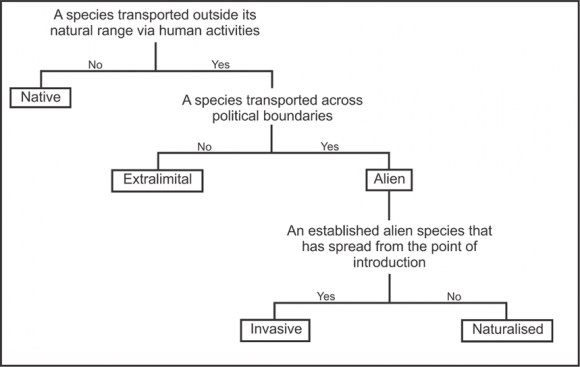The American red swamp crayfish (Procambarus clarkii) is native to North America, but in the last decades it has invaded many countries rapidly becoming one of the most threatening invasive species worldwide. The crayfish arrived in Italy in the late 1970s, after the introduction as a species of gastronomic interest, and, since then, it started spreading all over the country. On its way through Italian watersheds, this voracious predator caused disruption or collapse of many amphibian populations and rapidly displaced the native European crayfish (Austropotamobius pallipes) from all invaded sites, driving this species close to extinction in most of peninsula Italy where it was once common.
In a recently published study in the journal Behavioral Ecology, an Italian team, including C∙I∙B post-doc Dr Andrea Melotto, investigated the capacity of larvae of multiple amphibian species lacking any previous contact with the alien crayfish (evolutionary naïve) to exhibit anti-predator responses to this novel invasive predator. Besides assessing the occurrence of shifts in larval behaviour induced by crayfish exposure, the authors also aim to answering two key questions regarding proximate and remote causes shaping these responses: What was the relative role of crayfish-born stimuli (i.e., visual or chemical cues) in modulating larva behaviour and the recognition of this novel predator as a threat? Is the capacity of larvae to show anti-predator responses and variation of these behavioural shifts among species influenced by their coevolutionary history with a native crayfish predator?
To address these questions, the team collected amphibian larvae of thirteen species (8 anurans and 5 urodeles) from populations uninvaded by the alien crayfish, but located within hydrographic basins that in the recent past hosted the European crayfish. Among them, some species exploited the same habitats of A. pallipes, sharing a coevolutionary history with the native crayfish predator. By means of an extensive laboratory experiment, and by the bravery and the efforts of two talented students, a massive amount of tests (2496 behavioural tests involving 316 larvae) were recorded to assess amphibian responses to four different conditions of crayfish-stimuli exposure: chemical cues, visual cues, both of them or none.
Video-tracking analysis and Bayesian mixed models revealed crayfish exposure triggered behavioural shifts in almost all species. While the response was highly heterogeneous among species, evident patterns were visible. For instance, behavioural shifts were essentially driven by visual cues only, while chemical cues had a minor role. Most of the species reduced their activity in presence of visual stimuli from the crayfish, while other avoided close proximity when the predator was visible (classic anti-predator behaviours reducing prey detectability). However, species sharing a coevolutionary history with a native crayfish predator also showed marked escape responses when the alien predator was visible.

These outcomes revealed that visual recognition of a novel predator fosters the expression of behavioural responses in naïve native amphibians, and that these responses can be finely tuned when species shared a common evolutionary with a similar native predator. Encouraging results from a native amphibian conservation point of view.
“Even though non-native predators can trigger the expression of a striking variety of behavioral shifts in native species,” said Dr Melotto, “the potential of these responses in promoting species persistence during biological invasions remains to be ascertained.”
Indeed, population trends within invaded areas of many of the study species are negative and the actual effectiveness of the observed responses vs the invasive crayfish deserves deeper exploration.
Read the full paper
Andrea Melotto, Gentile Francesco Ficetola, Elisa Alari, Samuele Romagnoli and Raoul Manenti (2021) Visual recognition and coevolutionary history drive responses of amphibians to an invasive predator. Behavioral Ecology. https://doi.org/10.1093/beheco/arab101
For more information, contact Dr Melotto at amelotto@sun.ac.za



